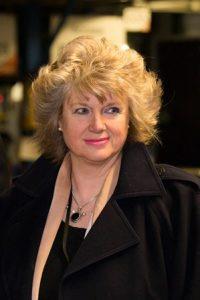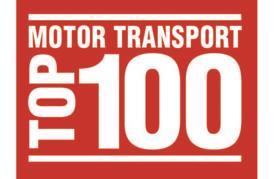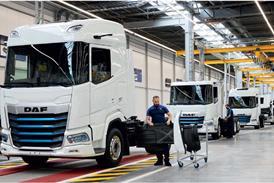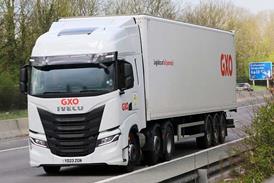What do Moya Greene at Royal Mail (pictured left); Carole Woodhead at Hermes and Marianne Culver at TNT have in common? They are the only operators in the Motor Transport Top 100 that have a female chief executive. By any measure, a 3% return on 50% of the population is pretty poor.
The MT Top 100 compares badly against the FTSE 100, where five of the businesses have female chief executives (and one of those is Moya Greene) and there are more men called David or Dave running FTSE 100 companies (8%) than women….

In this day and age the most powerful politician in Europe is a woman, the person most likely to be the next American president is a woman, the head of the IMF is a woman… the CEO’s of YouTube and General Motors are women. It’s not that women aren’t capable in these positions (let’s hope that such outmoded thinking can only be found in an episode of Mad Men these days), it’s more a question of being given the chance.
We all know that the road transport industry faces a skills shortage at all levels. But it also faces a battle to recruit the best talent in Britain to do its highest profile jobs - and not be wooed by other, more ‘glamorous’ sectors of industry.

Of our trio of chief executives, two have been drafted into the world of road transport having developed their careers in other sectors. It is only Woodhead who has worked her way through the nuances of a UK transport company corporate ladder – in senior management at Otto Group’s Parcelnet (now Hermes). But where are her female peers? Why has haulage and logistics failed to produce more Carole Woodhead’s? And what can it do to produce more?
Want another bad stat about this industry employing women? Here we go… Of those who passed their test to become a HGV driver in 2014, just 7.35% were women. And that was up year-on-year from 7.19% in 2013.
At all levels, this industry needs to do a hell of a lot more work when it comes to giving women a career within it.














